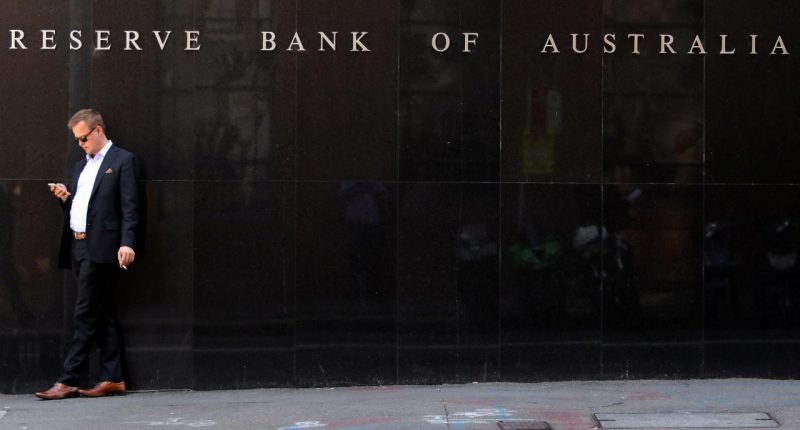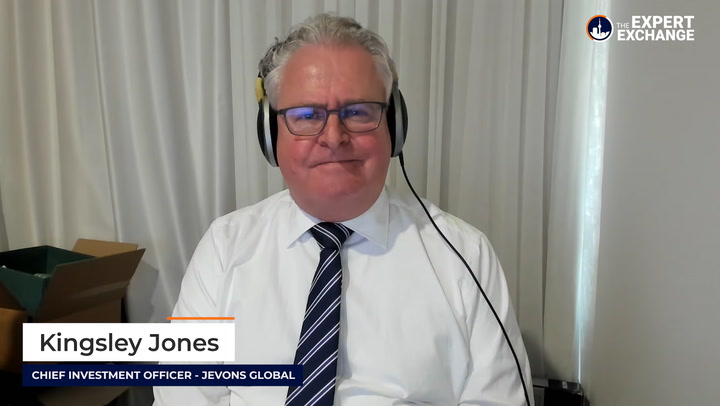- The Reserve Bank of Australia used its final meeting of the year to keep official interest rates at a record low of 0.1 per cent
- The RBA also agreed to keep buying government securities at a weekly rate of $4 billion until at least mid-February 2022
- Leading indicators point to a strong recovery in the labour market, according to RBA Governor Philip Lowe, but wages have only grown at relatively low rates
- Shane Oliver, Chief Economist at AMP Capital, believes the bank will likely raise rates in late 2022
The Reserve Bank of Australia (RBA) used its final meeting of the year to keep official interest rates at a record low of 0.1 per cent.
The RBA also agreed to keep buying government securities at a weekly rate of $4 billion until at least mid-February 2022.
The central bank has reiterated on many occasions that it will not increase the cash rate until actual inflation is sustainably within the 2 to 3 per cent target range.
“This will require the labour market to be tight enough to generate wages growth that is materially higher than it is currently,” RBA Governor Philip Lowe said.
“This is likely to take some time and the Board is prepared to be patient.”
Mr Lowe said the economy is recovering from the Delta-induced setback, with high vaccination rates and policy support underpinning growth, but the Omicron variant may “derail the recovery”.
Leading indicators point to a strong recovery in the labour market, according to Mr Lowe, but wages have only grown at relatively low rates, which is helping to keep inflation in check.
“A further pick-up in wages growth is expected as the labour market tightens,” Mr Lowe said.
“This pick-up is expected to be only gradual, although there is uncertainty about the behaviour of wages as the unemployment rate declines to historically low levels.”
Inflation has increased, but, in underlying terms, it is still low at 2.1 per cent.
“A further, but only gradual, pick-up in underlying inflation is expected,” Mr Lowe said.
“The central forecast is for underlying inflation to reach 2.5 per cent over 2023.”
Bond rates have fallen globally in the last month owing to fears about the Omicron version, Mr Lowe said.
The Australian dollar has fallen and is now trading around the year’s lows. Australia’s financial conditions remain very hospitable, with most lending rates hovering around record lows.
“By mid February, the RBA will hold a total of $350 billion of bonds issued by the Australian Government and the states and territories, with these holdings providing significant support to the economy,” he said.
Shane Oliver, Chief Economist at AMP Capital, believes the bank will likely raise rates in late 2022.
“The combination of slightly higher than expected inflation than the RBA is anticipating, a decline in unemployment to around 4 per cent over the next 12 months, and a faster than expected pick up in wages growth — taking it to near 3 per cent — are expected to see the RBA start raising interest in November next year,” he said.








